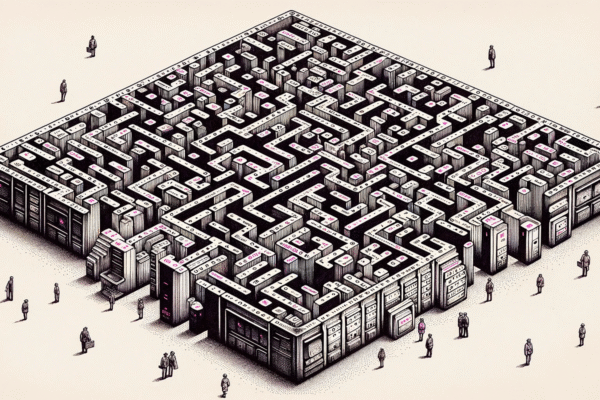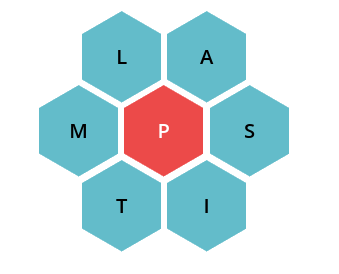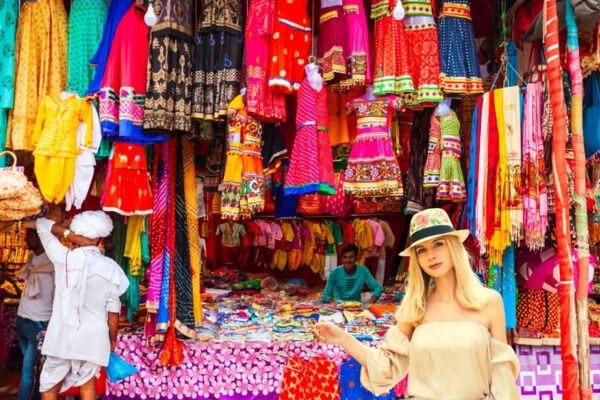

Karachi City:

Karachi City: A Vibrant Metropolis of History, Culture, and Economic Power
Introduction: The Beating Heart of Pakistan
Karachi, the largest city in Pakistan, is not only the capital of the Sindh province but also the country’s premier financial and industrial hub. With a population exceeding 15 million, it is among the world’s largest cities, renowned for its vibrant atmosphere, rich history, and cultural diversity. Karachi’s significance extends beyond Pakistan, as it has been a gateway for South Asian trade and culture for centuries. This article delves into the unique aspects that make Karachi an unparalleled city in the region.
A Glance at Karachi’s Historical Evolution
Karachi’s history traces back to ancient times when it was a small fishing village called “Kolachi.” Over the centuries, it has evolved dramatically, from a modest settlement into a sprawling metropolis. Its transformation began in the 18th century when it was discovered by the British East India Company and developed into a bustling port. By the mid-19th century, Karachi had become an important military base and trade center, laying the foundation for its future growth.

During the British colonial era, Karachi’s importance grew as modern infrastructure, roads, and buildings were constructed. The city became known for its cosmopolitan society, attracting settlers from across South Asia, the Middle East, and even Europe. Following the creation of Pakistan in 1947, Karachi was chosen as the country’s first capital, serving as the administrative heart of the new nation. Although the capital was later moved to Islamabad, Karachi remained the economic and cultural powerhouse of Pakistan.
Geography: Karachi’s Strategic Location
Located on the coast of the Arabian Sea, Karachi enjoys a strategic position that has made it a crucial player in regional and international trade. The city’s coastline, stretching over 60 kilometers, is home to two of Pakistan’s busiest ports: Port Qasim and the Karachi Port. These ports play a vital role in the country’s economy, facilitating imports and exports, particularly in textiles, rice, and petroleum products.
Karachi’s location also contributes to its unique climate. Unlike much of Pakistan, which experiences extreme temperatures, Karachi enjoys a relatively moderate climate due to the influence of the sea. While summers can be hot and humid, winters are mild, making the city more hospitable compared to other regions of Pakistan.

Cultural Diversity: A Melting Pot of Traditions
Karachi’s cultural diversity is one of its most striking features. The city is home to a mix of ethnic and religious groups, each contributing to its rich cultural tapestry. The major ethnic groups include Sindhis, Punjabis, Pashtuns, Baloch, and Muhajirs (Muslims who migrated from India during Partition). Karachi also has a significant presence of other communities, such as Memons, Bohra Muslims, Parsis, and Christians, all coexisting and contributing to the city’s dynamic social fabric.
This diversity is reflected in Karachi’s art, music, literature, and food. The city’s festivals, such as Eid, Diwali, Holi, Christmas, and Basant, are celebrated with enthusiasm by different communities. Traditional and contemporary art forms thrive in Karachi, with cultural centers, galleries, and theaters showcasing the work of both local and international artists.
Economic Powerhouse: The Backbone of Pakistan’s Economy
Karachi’s status as the financial and commercial hub of Pakistan cannot be overstated. The city is responsible for generating approximately 20% of the country’s GDP and houses the head offices of major multinational corporations, banks, and industrial giants. The Karachi Stock Exchange, now part of the Pakistan Stock Exchange, is the largest stock exchange in Pakistan and plays a critical role in the nation’s financial markets.

The industrial sector in Karachi is diverse, with industries ranging from textiles, automotive, and pharmaceuticals to steel, chemicals, and food processing. The city’s proximity to the ports gives it a logistical advantage, making it an ideal location for manufacturing and export industries. Furthermore, Karachi’s retail sector is thriving, with bustling markets like Saddar, Zainab Market, and Tariq Road offering everything from traditional handicrafts to modern fashion.
Education and Innovation: Karachi as an Academic Hub
Karachi boasts a well-established education system, with numerous prestigious universities, colleges, and schools. Institutions like Karachi University, Aga Khan University, and NED University of Engineering and Technology have produced world-class graduates who have contributed to various fields, from science and technology to business and arts.
In recent years, Karachi has also emerged as a center for innovation and entrepreneurship. The city’s tech ecosystem is growing rapidly, with startups in e-commerce, fintech, and software development making waves not only in Pakistan but also globally. Incubators and accelerators such as the National Incubation Center (NIC) and Plan9 have played an essential role in nurturing this new wave of entrepreneurs.
Challenges Facing Karachi: A City at a Crossroads
While Karachi’s growth and significance are undeniable, the city also faces several challenges. Rapid urbanization, overpopulation, and unplanned expansion have strained the city’s infrastructure. Traffic congestion, water shortages, power outages, and poor waste management are daily struggles for Karachi’s residents.

In addition, political instability and occasional sectarian violence have contributed to a sense of insecurity in certain areas of the city. However, in recent years, the law-and-order situation has improved significantly due to government initiatives, leading to a revival of business activities and a surge in tourism.
Karachi’s Food Scene: A Culinary Adventure
No article on Karachi would be complete without mentioning its vibrant food culture. Karachi is a food lover’s paradise, offering a mix of traditional Pakistani cuisine and international flavors. The city’s street food is legendary, with popular dishes like biryani, nihari, kebabs, and halwa puri found on almost every corner.

Karachi is also known for its diverse array of restaurants, ranging from high-end dining establishments to small family-run eateries. Whether it’s desi Chinese, authentic Italian, or American fast food, the culinary scene in Karachi caters to every palate.
Karachi’s Architecture: A Blend of Old and New
Karachi’s architectural landscape is a reflection of its rich history and rapid modernization. The city boasts a mix of colonial-era buildings, such as Frere Hall, Empress Market, and the Karachi Gymkhana, alongside modern skyscrapers like the Bahria Icon Tower and the Dolmen City Mall. This blend of old and new symbolizes Karachi’s ability to preserve its heritage while embracing the future.
Walking through the old city, one can still find beautifully preserved structures from the British era, with their neoclassical and Gothic designs, standing in stark contrast to the glass-fronted buildings that now dominate the skyline. This juxtaposition serves as a reminder of the city’s deep historical roots and its drive toward progress.
The People of Karachi: Resilience and Hospitality
Karachiites, as the residents of Karachi are known, are renowned for their resilience, hospitality, and entrepreneurial spirit. Despite the many challenges they face, the people of Karachi continue to strive for a better future. Their sense of community and their ability to adapt to changing circumstances make them the lifeblood of the city.
One of the most remarkable qualities of Karachiites is their generosity. The city is known for its charity work, with many philanthropic organizations, such as the Edhi Foundation and the Citizens Foundation, based here. These organizations provide essential services to the city’s most vulnerable populations, offering education, healthcare, and disaster relief.
Conclusion: Karachi’s Bright Future
Karachi is a city of contrasts, where the old meets the new, and tradition coexists with innovation. Despite its many challenges, the city’s economic power, cultural diversity, and indomitable spirit continue to make it the beating heart of Pakistan. As Karachi moves forward, it has the potential to become not just a regional hub but a global city, contributing to the world stage in commerce, culture, and innovation.
Whether you’re drawn by its rich history, vibrant markets, diverse food scene, or the warmth of its people, Karachi is a city that leaves a lasting impression. It is a city of dreams, where every street tells a story, and every person adds to the city’s vibrant narrative. Karachi’s future shines bright, and its journey of growth, resilience, and cultural richness is far from over.















